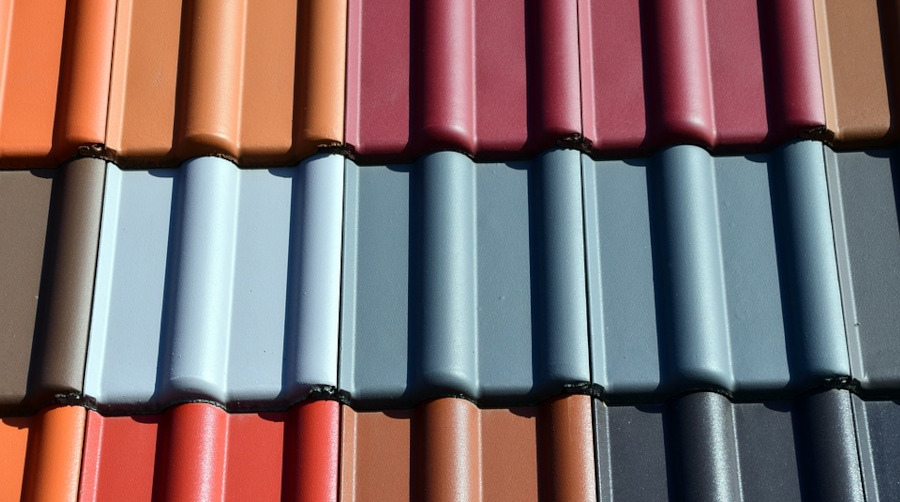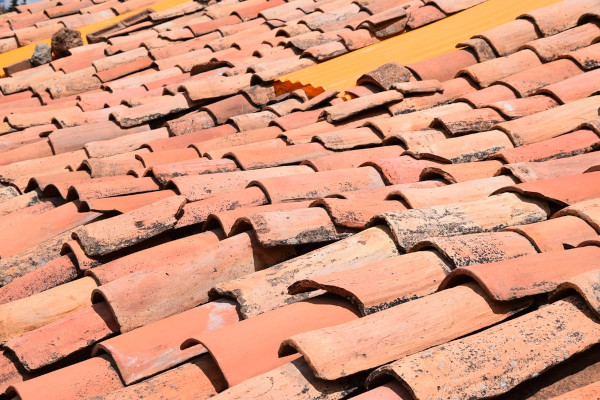4 Things You Didn't Know About Roofs That Can Be Useful
Most people know the basics - a roof keeps you warm in winter, and dry when the weather turns wet - but how much do you really know about roofs? If you don't already know, you need to understand that there are a few different types of roofs. Although some roofs may look simple, there is more than meets the eye and structures can be deceptively complex. Here is a list of a few things you didn't know about roofs that can be useful to know.

1. Your Type Of Roof Depends On Where You Live
You don't always get to choose the exact type of roof you want for your home as certain roofs are specifically used because of how they perform in a specific area's climate. If you live in a colder and wetter climate, gable roofs are the best. Snow and water can easily slide off the side of the roof and fall to the ground. In these areas, there is also a water and ice barrier, that helps to prevent damage from ice that might dam if you live in an area that snows in winter. In areas that don't have as much rain and tend to be warmer, you will see flatter roofs. The folks at M&Y Pittsburgh Roofing stress the danger of ignoring the signs you need your roof repaired. Additionally, if you're having a home built, a contractor will likely have better roofing option ideas for you to choose from that suit where you live.
2. You Can't Cover An Existing Roof
A double-layered roof can cover up significant cosmetic issues, but they are as effective as putting a band-aid on a broken arm. They don't address the source of the issue. They are a cheap installation option and can act as a quick fix, but that is the issue. They don't address the underlying issue and can even cause more damage. It adds more weight to the structure and hides the damage, which when hidden will likely get worse which means that the repairs will become even more expensive than if you had just addressed the initial issue.
3. Your Roof Could Be Good For The Environment
How can you make your roof more environmentally friendly? Sounds crazy, right? Well, you can install something called a "cool roof". Cool roofs are considered environmentally friendly as they reflect infrared and UV rays from the sun away from a building. This does a lot. By deflecting the UV rays the building stays cooler, lowering your energy consumption and reducing your bills. They have also been shown to reduce air pollution and greenhouse gases by lessening how much heat is radiated back into the atmosphere. It is important to keep it clean.
As your roof is open to the elements it tends to get dirty and a dirty cool roof will not be working optimally. You know that your gutters and downpipes need to be cleaned, but we often forget about the roof. Things like moss, algae, and fungi love to grow on our roofs and make them filthy, green, and gunky. There are professionals who carry out roof cleaning services and all roofs should get cleaned every now and then.
4. Your Roof Can Last Longer Than How Long You've Lived Under It
The typical lifespan of a well-maintained roof that has been constructed with high-quality materials is around 25 years. Some roofs can even last as long as 50 years! Your roof can easily last longer than you do in a specific home, but if you don't maintain it, it can deteriorate really fast, which can be a serious problem
When a roof needs to be repaired the longer you leave it the more expensive it becomes. If you wanted to buy a house and the roof was in bad condition, you would want a reduced rate, because it would cost you time and money to get the repairs done. You wouldn't buy something broken, especially not at full price, so it makes no sense to sell or buy a house with a broken roof. A roof that is in a state of disrepair will even decrease your resale value, and make it harder to sell your house at all!

Roofs are an important part of the home, which is why it is so important that they are sufficiently looked after. Your roof has more to it than just a structure that keeps you dry. It's constructed out of various complex and necessary systems and materials that work together in a complex way. When you need a new roof, do not cut corners. Get it done right.